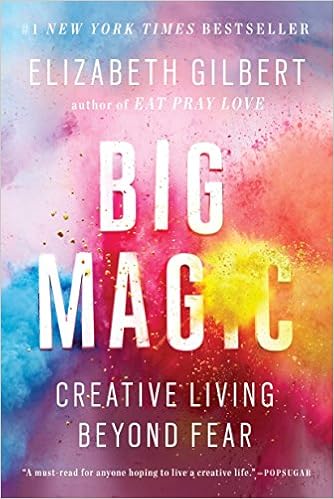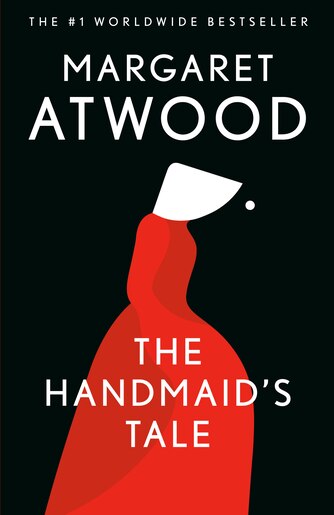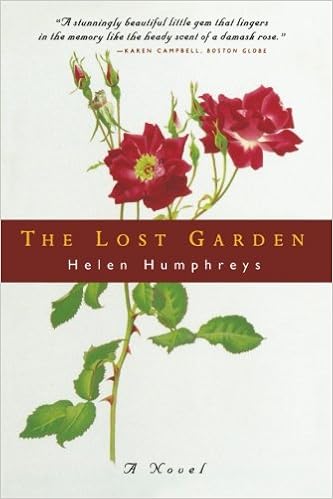Monday, October 29, 2018
Big Magic by Elizabeth Gilbert
Never read or will read her Love Eat Pray. Nothing new about creativity, but few funny/interesting stories in the book (3 out of 5 )
Seeing Is Forgetting The Name Of The Thing One Sees by Robert Irvin
The best book on artist's journey, abstract art. Loved it! (5 out of 5)
P.S. should check other books by R.Irwin
The Lost Garden by Helen Humphreys
Picked the book from library after my trip to Italy. Very poetic writing. I want a garden of my own now! (5 out of 5)
Matisse The Master by HIlary Spurling
from the book by Hilary Spurling 'Matisse The Master'
..In the three canvases produced in Brook's garden - Acanthus, Periwinkles (Moroccan Garden) and Palm Leaf, Tagier - Matisse painted the complex layers of greenery for which Loti said you would need colours unknown on any palette, colours that would incorporate the strange sounds, the rustilngs and above all the silences of Africa, its thundery undertones, its darkness and its translucent delicacy. In these paintings Matisse came close to pure abstraction, 'not things but the essence of things'.
..Sembat about Matisse: How many times, and for how many years, has he said that over and over again to me! Calm is what he longs for! ...Calm is what he wants to convey!
...For Matisse, as for Delacroix, travel was a means of cleansing the eye. He needed an unfamiliar world and a new light, for the same reason that he needed the alien decorative discipline of Oriental art, so as to break through to a fresh way of seeing...
Renoir to Matisse: You're talking to someone who hasn't perhaps achieved anything much, but who has managed to produce something that's absolutely his own.
On drawing
..Now he hoped to find a way of retaining clarity, concision and force without sacrificing volume, spatial depth, the individual character and texture of fur, feathers, fluff, fabric or flowers. He returned over and over again to a lace collar, drawing it first in minute detail until he had got it by heart and could translate it at will with two swift lines into an ornament, an arabesque, without losing the character of lase, and that particular lace. The same procedure was repeated with Arnoud's embroided tunic, her hat, hair, hands and face. Matisse was evolving methods he would use for the rest of his life. He published fifty of these drawings in a portfolio called Cinquante Dessins..
Subscribe to:
Posts (Atom)











